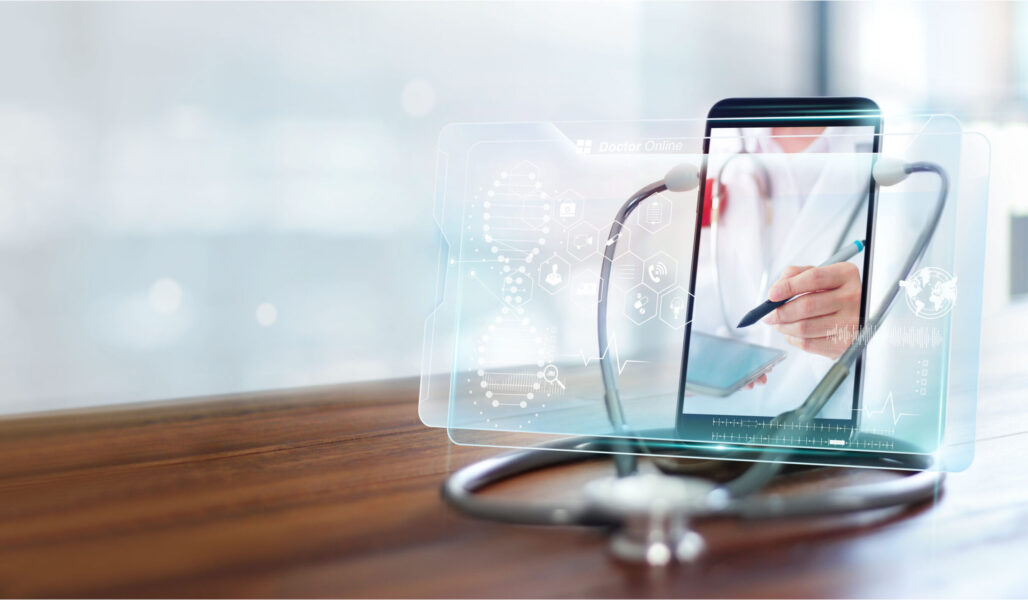Unwinding of the Public Health Emergency (PHE)
What are business models for RPM that would allow a clinic/practice to make it financially sustainable over time?

We are trying to address a very evolving topic…“business models around Remote Patient Monitoring (RPM)”.
Covid-19 can be attributed for the tremendous growth and to the changes that have been implemented for Remote Patient Monitoring (RPM) since the start of the pandemic. RPM forced many industries to revolutionize the way they operated and began to take center stage among those in healthcare.
There are several business models that healthcare organizations, payers, pharmacies, schools and companies employ to offer remote monitoring services. However, the landscape of RPM is evolving. Additionally, the adoption and reimbursement of RPM services can vary depending on regional healthcare policies and regulations. Some common business models for RPM are:
Value-based Care Model: This model aligns provider incentives with patient outcomes. Healthcare providers receive compensation based on the overall improvement in patient health, reduced hospitalizations, and better management of chronic conditions achieved through RPM.
Subscription-based Model: In this model, patients pay a recurring fee to access the RPM services. This fee could be monthly or annual, and it typically covers the cost of equipment, data transmission, and monitoring services.
Pay-per-Use Model: Instead of a fixed subscription fee, patients are charged based on their actual usage of the RPM services. It could be a fee per consultation or per data transmission.
Fee-for-Service Model: Healthcare providers charge a fee for each remote monitoring service they provide to patients. This model is used in combination with traditional in-person care and could include reimbursement from health insurance companies.
Bundled Payment Model: Healthcare organizations bundle RPM services with other healthcare services, such as telehealth consultations or chronic disease management programs. Patients pay a single fee for the combined services.
Device Leasing Model: In this model, patients lease the necessary RPM devices from the healthcare provider or a third-party company. The fee may include device maintenance and regular upgrades.
Direct-to-Consumer (DTC) Model: Companies that offer RPM devices and services directly to consumers may adopt a DTC business model, where customers purchase the devices and services without involving healthcare providers directly.
Partnerships and Collaborations: RPM service providers may partner with hospitals, clinics, or healthcare systems to integrate their monitoring services into existing healthcare workflows and systems. These partnerships are based on revenue sharing or licensing agreements.
Data Licensing Model: Some healthcare organizations may collect and aggregate patient health data from RPM devices and then license this anonymized data to researchers, pharmaceutical companies, or other healthcare entities for analysis and insights.
Common Business Settings:
- The Veterans Health Administration (VHA): VHA’s unique business model underwent cultural and operations changes in the 1990s, adopting RPM for effective chronic care management, resulting in reduced hospital volume and improved patient care.
- Integrated provider-based health plans: Similar to VHA, provider-based health plans like Kaiser Permanente and Group Health adopted integrated models for chronic care management without RPM, but their integration made RPM implementation favorable.
- Home care agencies: Home care agencies can benefit from RPM due to fixed case-rate reimbursement, allowing remote monitoring to reduce staff travel time and improve patient contact, but some face challenges with initial capital and technology adoption.
- Integrated delivery systems: Hospital-based delivery systems faced barriers to RPM adoption due to decreased hospital revenues from reduced ED visits and admissions, though the shift towards preventing readmissions may open up possibilities.
- Health Plans: Health plans utilized disease management contractors for RPM in chronic care management, but fluctuating practices and narrow margins affected RPM adoption. Health plans serving high-cost chronic care populations show potential for RPM implementation to capture efficiencies.
During the pandemic, the Centers for Medicare and Medicaid Services (CMS) issued several telehealth flexibilities. The majority of these Medicare telehealth flexibilities will remain in place through December 2024 due to the bipartisan Consolidated Appropriations Act, passed by Congress in December 2022. However, certain flexibilities will be affected, such as telehealth payment parity for Medicare, remote patient monitoring waivers, and lenience on HIPAA enforcement.
CMS waived the “established patient” restriction during the Public Health Emergency (PHE) but in the 2021 Final Rule, CMS declined to extend such waiver beyond the PHE. In the 2024 Proposed Rule, CMS provides clarification that patients who received initial remote monitoring services during the PHE are considered established patients. Furthermore, CMS is considering allowing Federally Qualified Health Centers (FQHCs) and Rural Health Centers (RHCs) to bill for RPM and Remote Therapeutic Monitoring (RTM) by using the Healthcare Common Procedure Coding System (HCPCS) code G0511 on their respective claim forms. This would be contingent upon the RPM/RTM services meeting medical necessity criteria, fulfilling all specified requirements, and avoiding duplication of services already compensated under the general care management code for a specific calendar month episode of care.
Available resources:
Remote Patient Management: Technology-enabled Innovation and Evolving Business Models for Chronic Disease Care https://www.healthaffairs.org/doi/10.1377/hlthaff.28.1.126?url_ver=Z39.88-2003&rfr_id=ori%3Arid%3Acrossref.org&rfr_dat=cr_pub++0pubmed
HealthcareIT News: How RPM can solve many patient and provider problems in rural areas https://www.healthcareitnews.com/news/how-rpm-can-solve-many-patient-and-provider-problems-rural-areas
American Medical Association (AMA): End of the Covid-19 Public Health Emergency (PHE)
Foley & Lardner: Remote Patient Monitoring (RPM) and Remote Therapeutic Monitoring (RTM): A Deep Dive into Proposed Medicare Change
The Consolidated Appropriations Act https://www.congress.gov/bill/117th-congress/house-bill/2617/text
CMS Proposed Rule
https://public-inspection.federalregister.gov/2023-14624.pdf
Author Acknowledgements
Zoi P. Hills is the Program Manager for the Great Plains Telehealth Resource & Assistance Center (gpTRAC), proud member of the National Consortium of Telehealth Resource Centers (NCTRC).
